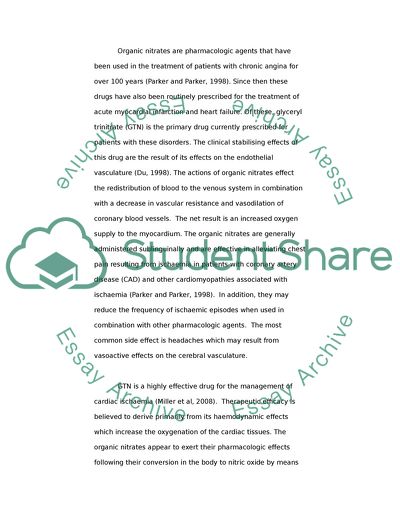Cite this document
(Effectiveness of Organic Nitrates in Alleviating Chest Pain Resulting Lab Report, n.d.)
Effectiveness of Organic Nitrates in Alleviating Chest Pain Resulting Lab Report. Retrieved from https://studentshare.org/health-sciences-medicine/1729968-laboratory-report-assignment
Effectiveness of Organic Nitrates in Alleviating Chest Pain Resulting Lab Report. Retrieved from https://studentshare.org/health-sciences-medicine/1729968-laboratory-report-assignment
(Effectiveness of Organic Nitrates in Alleviating Chest Pain Resulting Lab Report)
Effectiveness of Organic Nitrates in Alleviating Chest Pain Resulting Lab Report. https://studentshare.org/health-sciences-medicine/1729968-laboratory-report-assignment.
Effectiveness of Organic Nitrates in Alleviating Chest Pain Resulting Lab Report. https://studentshare.org/health-sciences-medicine/1729968-laboratory-report-assignment.
“Effectiveness of Organic Nitrates in Alleviating Chest Pain Resulting Lab Report”, n.d. https://studentshare.org/health-sciences-medicine/1729968-laboratory-report-assignment.


